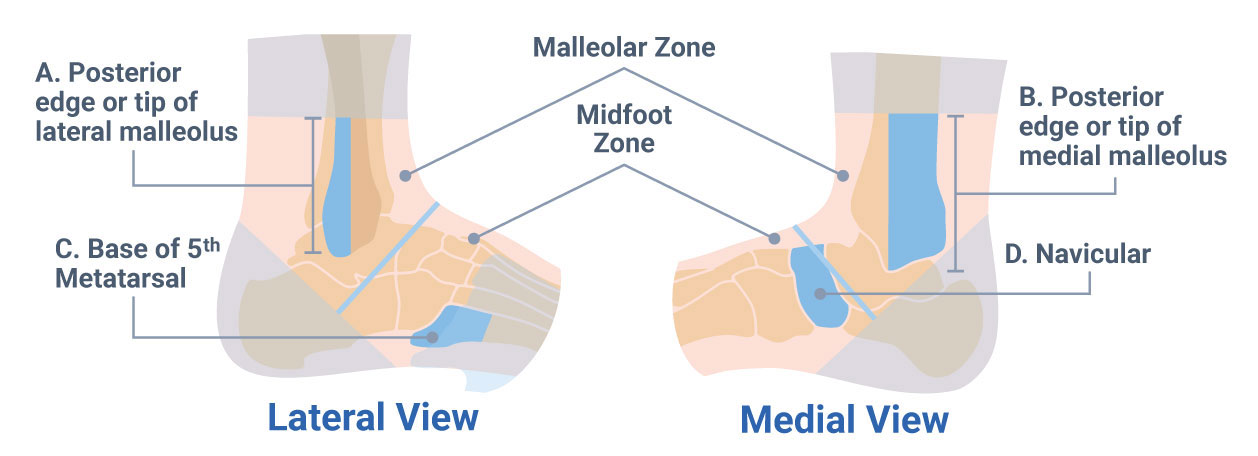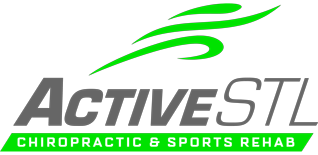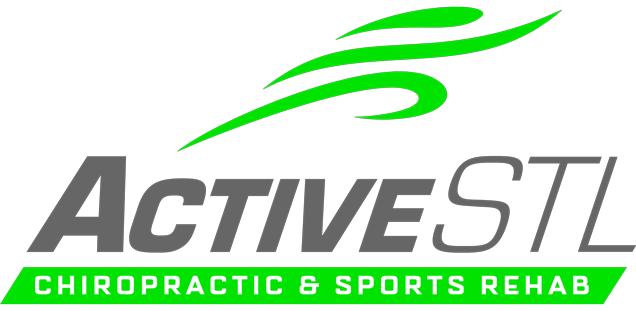Did you twist your ankle?
Greetings everyone, let’s delve into a topic we’ve all experienced – the notorious twisted ankle. Whether it happens during an intense game of your favorite sport, or just from a simple misstep off a curb, a twisted ankle is a universal occurrence.
There are several ways someone can twist their ankle. Rolling to the inside can harm inner structures, but the most common is a lateral ankle sprain. This occurs when, during a step, the ankle rolls outward (or the foot rolls inward), affecting the outer structures.
These structures, mainly ligaments, bear the impact during a twist. Ligament sprains are typical, given the complex network of ligaments in our feet. Yet, it’s not just ligaments at risk; the muscles connecting the lower leg to the foot can also be strained. In some cases, a bone might even break, like the lateral malleolus or the base of the 5th metatarsal bone (outside of the foot).
Even seemingly minor twists can lead to swelling, bruising, and tenderness around the ankle. But here’s the important part – while ankle twists are common, seeking the right treatment and assessment is vital. Neglecting proper care might increase your risk of future injuries if previous ankle issues aren’t treated and strengthened adequately.
Assessing your twisted ankle Injuries
When dealing with a twisted ankle, a key observation is how the individual walks from the front of the office to the exam room. Changes in their gait provide initial insights into the severity of the ankle sprain or strain.
Once in the exam room, obtaining a comprehensive history of the injury is crucial for building a patient-doctor relationship. Moving on, a visual examination of the ankle helps identify bruising, swelling, and point tenderness, aiding in determining the injury’s severity.
As clinicians, our focus is on ruling out severe issues like ligament tears or fractures. We adhere to the Ottawa Ankle Rules, palpating specific areas to check for tenderness and help decide if an X-ray is necessary before treatment.
It is important that if there are no signs of a severe injury after twisting your ankle, getting you on your feet and moving is beneficial, even with mild discomfort.
Ottawa Ankle rules
- Bony tenderness along distal 6cm of the posterior edge of the fibula or tip of the lateral malleolus.
- Bony tenderness along distal 6cm of the posterior edge of the tibia or tip of the medial malleolus.
- Bony tenderness at the base of the 5th metatarsal
- Bony tenderness at the navicular
- Inability to bear weight both immediately after injury and for 4 steps during the initial evaluation.
Continuing the assessment, we evaluate the ankle’s range of motion by having the patient perform various movements. Visual observation is followed by a hands-on examination.
Testing ankle stability and ligaments involves applying controlled pressure to detect any unwanted movements. In some cases, a delay in assessment might be necessary due to excessive swelling and pain. During the initial 48 to 72 hours post-injury, the focus shifts to the principles of ice, rest, compression, and elevation.

Twisted Ankle Treatment
Rehabilitation, strength training, and improving range of motion become paramount. This proactive approach ensures optimal results in getting the individual back to regular activities and sports.
As we rehabilitate an ankle injury, the primary goal is to restore the full ankle range of motion. To achieve this, we can employ an elastic band to compress the ankle, facilitating mobilization in various planes of motion. As we progressively introduce body weight, our focus extends beyond the ankle to encompass the broader leg.
Numerous muscles connect from the lower leg, extending down into the ankle and foot. Consequently, our approach involves not only addressing the ankle directly but also evaluating and addressing structures further up the leg.
In addition to muscle considerations, we carefully assess the ankle and foot for joint restrictions. Utilizing mobilization techniques and adjustments, we aim to enhance and alleviate these restrictions, ensuring a comprehensive and effective rehabilitation process.
A quick way for us to alleviate pain and swelling early in the injury is using our Class IV therapeutic Laser. Applying this technique to the ankle roughly three times within the first week has been shown to reduce symptoms to the point where we can continuously progress our treatment plan.
Our primary goal is to guide everyone back to their hobbies, sports, and active lifestyle, even after experiencing an ankle sprain. Our approach begins immediately after an acute ankle sprain, irrespective of swelling or discomfort. We provide guidance and support throughout this process.
Recovery
To ensure a comprehensive recovery, we prioritize achieving a full range of motion in every direction of the ankle. This commitment starts early, addressing swelling and pain through guided exercises. Our focus extends beyond immediate relief; we aim to build strength in the ankle and foot, progressively advancing through the lower body.
Recognizing the link between past injuries and future risks, we emphasize thorough rehabilitation. Inadequate recovery, lacking control, range of motion, and strength, may set the stage for recurring ankle injuries. To mitigate this risk, we incorporate walking, biking, and resistance exercises targeting the foot, ankle, and the entire lower extremity.
As we progress, we introduce activities like hopping and plyometrics to enhance quickness and agility, vital for athletes. Our objective is to ensure a return to daily activities and sports at nearly full capacity. Once foundational strength is established, we integrate hop and plyometric exercises.
We understand the importance of overall fitness and its connection to foot and ankle health. This allows for a broader range of exercises, including leg workouts like squats and deadlifts. By neglecting the full ankle range of motion and strength, we risk relying on compensatory movements, potentially leading to faulty movement patterns or injury. Our comprehensive approach aims to address these concerns, promoting a balanced and effective recovery for everyone we work with.


